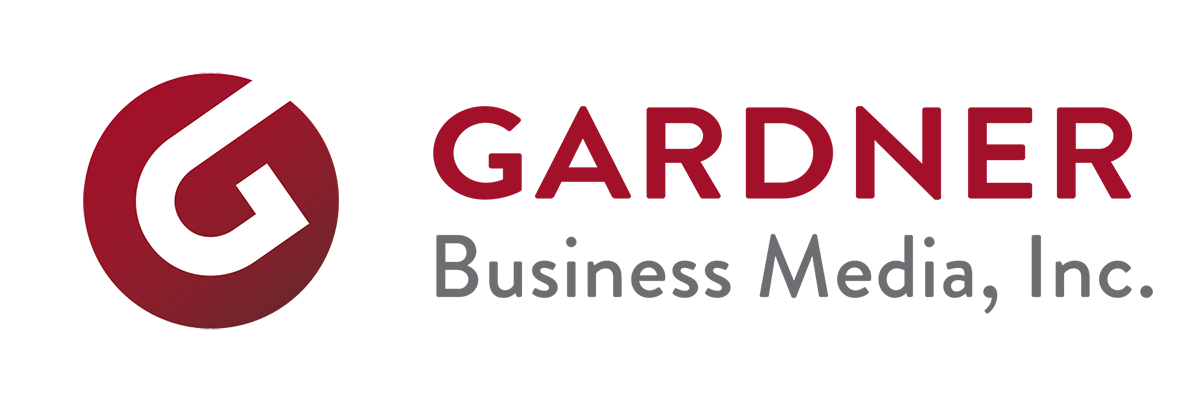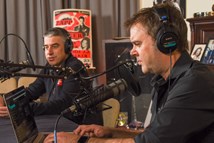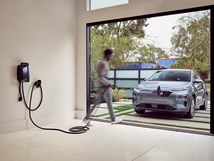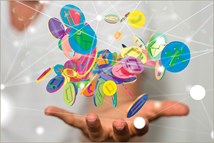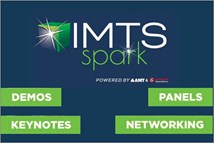Daimler Aims to Take Quantum Leap with Google Computers
Daimler AG has signed a cooperation agreement with Google Inc. to use the tech company’s Bristlecone quantum computer for research and development of next-generation technologies.
Daimler AG has signed a cooperation agreement with Google Inc. to use the tech company’s Bristlecone quantum computer for research and development of next-generation technologies.
One of the initial applications is expected to be chemistry modeling to test and develop advanced materials for electric vehicle batteries. Other target areas include autonomous vehicle fleet management, logistics planning, production optimization and deep learning for artificial intelligence systems.
Google’s Bristlecone processor features a 72-qubit chip, which is said to be among the most powerful in the industry. The company is “cautiously optimistic” the system will be able to outperform current supercomputers on certain tasks.
Daimler says such computers could “revolutionize” IT and eventually lead to breakthroughs across various industries. But company officials caution that the technology is in the early stages of development.
RELATED CONTENT
-
When Automated Production Turning is the Low-Cost Option
For the right parts, or families of parts, an automated CNC turning cell is simply the least expensive way to produce high-quality parts. Here’s why.
-
Cobots: 14 Things You Need to Know
What jobs do cobots do well? How is a cobot programmed? What’s the ROI? We asked these questions and more to four of the leading suppliers of cobots.
-
TRW Multi-Axis Acceleration Sensors Developed
Admittedly, this appears to be nothing more than a plastic molded part with an inserted bolt-shaped metal component.
